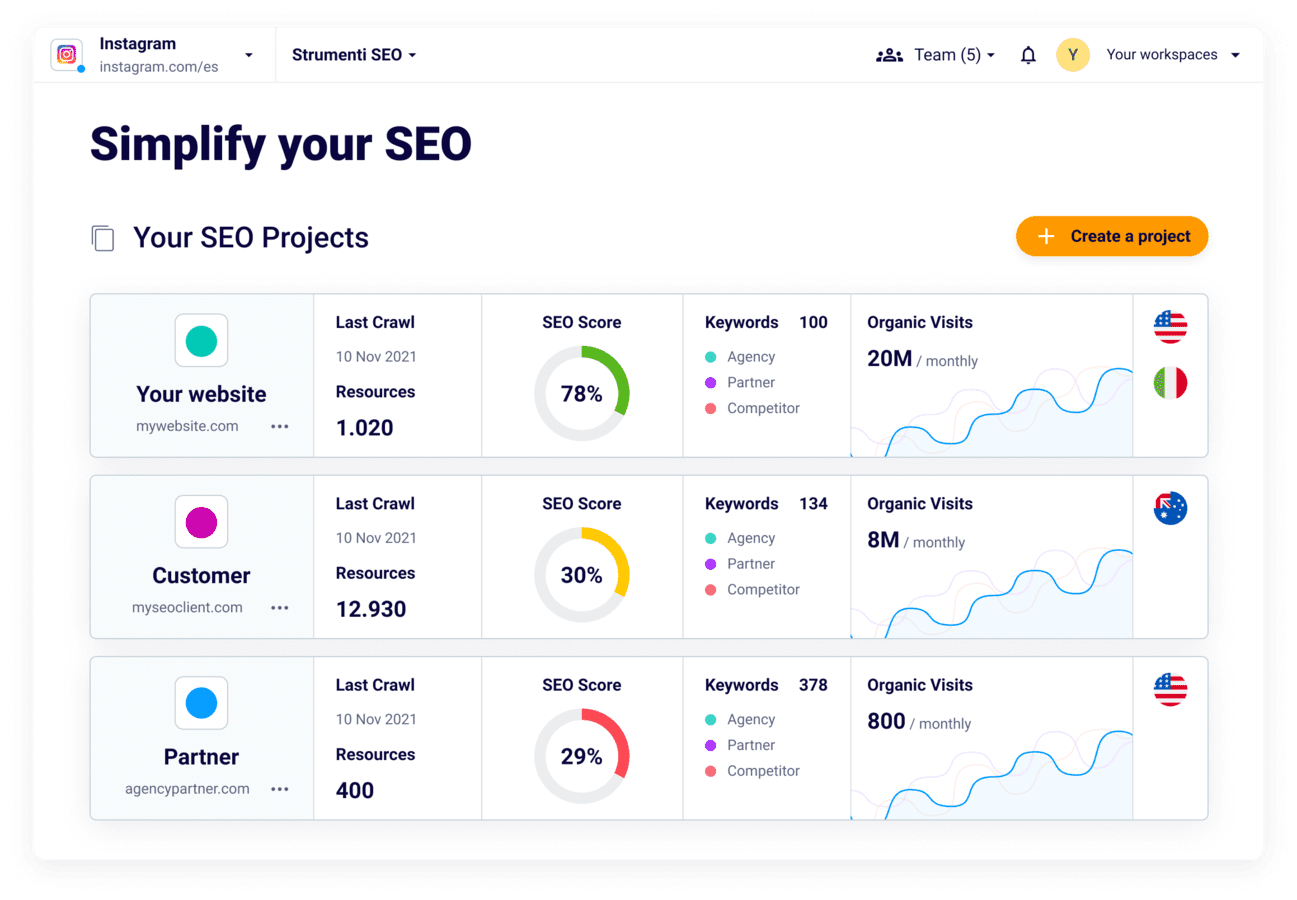Extensive Analysis: What Is Not Considered a Default Medium in Google Analytics
Extensive Analysis: What Is Not Considered a Default Medium in Google Analytics
Blog Article
Unveiling the Unconventional Mediums in Google Analytics Beyond Default Setups
In the realm of electronic analytics, Google Analytics stands as a keystone for companies seeking to comprehend their online existence. While default settings supply useful insights, real deepness of comprehending lies in discovering the non-traditional tools that often go undetected. By venturing beyond the surface and delving into the details of social media sites information, email project efficiency, recommendation traffic sources, direct web traffic patterns, and personalized channel groupings, a bonanza of information waits for those happy to welcome an extra nuanced strategy. What lies under these unique mediums may simply redefine just how services regard and strategize their online initiatives.

Leveraging Social Network Insights
Sometimes ignored, yet profoundly useful, is the method of leveraging social media understandings within the realm of Google Analytics. By incorporating data from platforms like Facebook, Twitter, Instagram, and LinkedIn right into Google Analytics, services can gain a much deeper understanding of their audience and the performance of their social media projects.
With this assimilation, online marketers can examine and track customer habits on their website that originates from social media systems. They can identify which social media networks are driving one of the most traffic, which web content is reverberating with the target market, and which projects are transforming the most leads. This understanding enables data-driven choices to optimize social networks techniques and boost general advertising performance.
Moreover, by incorporating social media sites insights with Google Analytics, companies can develop a lot more targeted and individualized campaigns - what is not considered a default medium in google analytics. They can use group info, passions, and online actions collected from social networks to improve their target market segmentation and deliver customized messages that reverberate with specific client teams. This targeted approach can lead to higher involvement, increased conversions, and inevitably, boosted return on financial investment
Uncovering Email Project Performance
Revealing Email Campaign Efficiency involves examining key metrics and performance indications to evaluate the efficiency of e-mail marketing efforts. When diving right into email campaign performance, it is crucial to evaluate metrics such as open prices, click-through prices, conversion prices, and unsubscribe rates. By evaluating these metrics, marketing experts can fine-tune their email campaigns for much better involvement and efficiency.
Analyzing Referral Web Traffic Sources
After examining the efficiency of e-mail campaigns through essential metrics such as open rates and conversion rates, the next vital action is analyzing referral traffic sources in Google Analytics to comprehend where site site visitors are originating from and exactly how they engage with the website. Reference website traffic resources describe the internet sites that route customers to your website via clickable web links. By diving right into this information, services can get understandings right into which outside platforms are driving traffic to their site, whether it be social media platforms, partner websites, or online directories.
Examining reference web traffic can give useful information on the efficiency of exterior advertising and marketing efforts and partnerships. It aids companies determine high-performing reference resources that add substantially to site traffic and conversions. In addition, by recognizing the actions of visitors coming from various recommendation sources, organizations can tailor their marketing approaches to enhance engagement and conversions. Google Analytics supplies in-depth reports on recommendation traffic, permitting businesses to track the efficiency of each referral resource accurately and make data-driven choices to boost their on the internet visibility.
Discovering Straight Traffic Patterns
Exploring the direct web traffic patterns in Google Analytics supplies beneficial understandings right into individual habits and the effectiveness of campaigns - what is not considered a default medium in google analytics. Straight website traffic refers to visitors that come down on a web site by directly typing the link into their browser, making use of book marks, or clicking on untagged web links. Comprehending direct web traffic patterns can assist marketing professionals examine the influence of offline advertising and marketing initiatives, brand name recognition, and the efficiency of word-of-mouth referrals
By delving right into straight web traffic data, companies can uncover essential information concerning customer intent and brand name loyalty. Analyzing the actions of straight site visitors, such as the pages they visit, the moment invested in site, and the conversion rate, can give a much deeper understanding of individual engagement and the total performance of the web site in converting visitors right into clients.
Moreover, tracking straight web traffic patterns in time allows organizations to determine fads, seasonality impacts, and the success of specific projects i thought about this or promotions in driving straight sees. This information can after that be utilized to refine advertising techniques, maximize web site content, and improve the overall customer experience to make best use of conversions.
Using Custom Channel Groupings
Making use of custom-made network collections in Google Analytics permits companies to classify and evaluate their internet site traffic based upon specific requirements, giving important understandings for optimizing advertising and marketing strategies. Custom-made network groupings make it possible for companies to produce their very own customized collections of website traffic sources, such as social networks, natural search, e-mail campaigns, and recommendation website traffic. By specifying these groupings, companies can gain a deeper understanding of just how different marketing networks contribute to their site web traffic and conversions.
This feature is especially useful for services with varied advertising and marketing methods throughout various platforms. A business running both paid and natural social media projects can separate in between the 2 to examine their specific efficiency properly. In addition, personalized network groups can aid recognize any kind of ignored go to my site or taken too lightly website traffic resources that might be driving useful interaction.
Final Thought

By venturing beyond the surface area and diving into the ins and outs of social media data, email project efficiency, referral web traffic resources, direct web traffic patterns, and personalized channel collections, a prize chest of information awaits those ready to welcome a more nuanced technique. They can recognize which social media channels are driving the most traffic, which content is resonating with the target market, and which projects are transforming the most leads.After assessing the performance of e-mail projects via key metrics such as open rates and conversion rates, the next vital action is analyzing referral web traffic sources in Google Analytics to comprehend where internet site site visitors are coming from and just how they interact with the site. Customized channel collections allow business to produce their very own personalized collections of website traffic resources, such as social media, natural search, e-mail projects, and recommendation web traffic. By leveraging social media understandings, discovering email campaign performance, evaluating referral traffic sources, exploring straight website traffic patterns, and making use of personalized network collections, marketing professionals can get useful insights into their online visibility.
Report this page